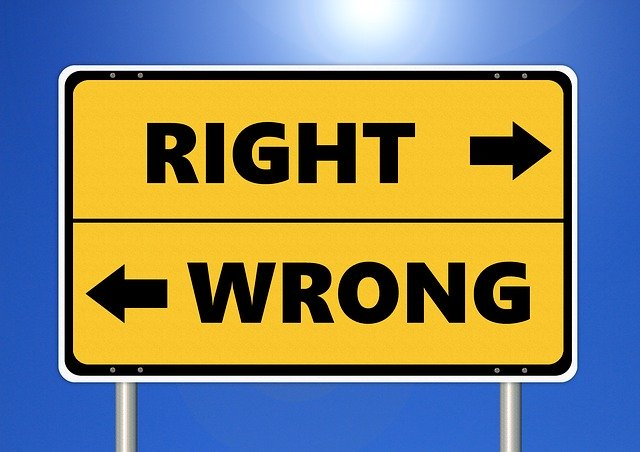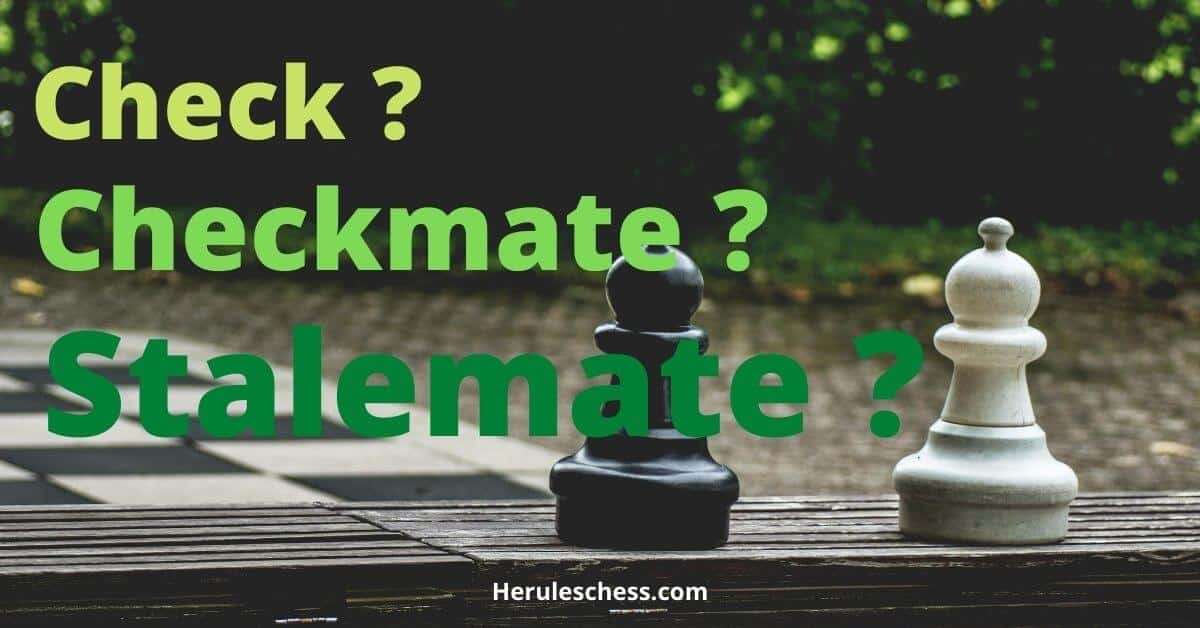Pawns become more powerful as they go further up the board. They are able to control more squares in enemy territory. So what happens when a pawn reaches the other side?
In chess, once a pawn reaches the other side of the chessboard (the eighth rank), it can immediately be promoted to any piece, based on the player’s preference. The pawn can be exchanged for a queen, bishop, rook, or knight. This is known as pawn promotion.

After promotion, a player may have two queens. The threat of a pawn promotion often decides the game and leads to the “chess endgame move.” The queen is the most powerful piece on the board. Thus, the majority of pawns end up being promoted to a queen (rather than any other piece).
This is often referred to as the “queening promotion.” If a player decides to promote the pawn to another piece, it is known as “under promotion.”
Promotion Strategy
Pawn promotion is often considered a key goal of a chess game. Pawns are not able to move backward. This is why promoting them is important. If any pawns reach the eighth rank, they may promote themselves to be a queen, rook, bishop, or knight.
Usually, when a game reaches this stage, the board is half empty, which gives pieces more freedom to move. Since the queen can move diagonally, most people prefer to promote their pawn to her status.
So, what happens if you exchange a pawn for a knight?
Imagine a scenario in which the black queen is under threat from the white queen. Within the next several moves, she can move back to the king on the c7 row. On white’s third move, the player could put the king into “checkmate” with knight to e8 or queen to h7.
At the end of this move, the white pawn will be promoted to a knight, and the black king will be under pressure. If the pawn was promoted to a queen in the above-mentioned scenario, it would have been easier to checkmate the opponent’s king with a single diagonal move. However, promoting the pawn to a bishop also helps in attacking the opponent’s king from a distance (ultimately aiding in victory).
Another scenario would have been when the rook attacks the king along a line from a distance. The pawn can be promoted to a rook and can attack the opponent’s king in single file, leading to the player’s victory.
With a queen promotion, however, the pawn can easily put the opponent’s king under checkmate pressure with a single diagonal move. To most players, this seems like the most appealing option on the board, ultimately leading to victory.
Frequently Asked Questions
Can you promote a pawn to a second queen?
A pawn can be promoted to a second queen once it reaches the enemy’s back rank territory. You may have as many pawns promoted to a queen, even if it means promoting all 8 pawns.
How do you promote a pawn?
You promote a pawn by advancing it until it arrives on the 8th rank. The pawn is then exchanged for a Queen, Bishop, Knight, or Rook depending on your preference. Most players choose to promote to a Queen since it is the most powerful piece on the board.
When a pawn is promoted, where does it go?
After the pawn reaches the other side (or the 8th rank), it no longer stays on the board. It is exchanged for either a Queen, Bishop, Knight, or Rook. That’s why we call it promotion.
Related Post: Can a king take a king in chess?



